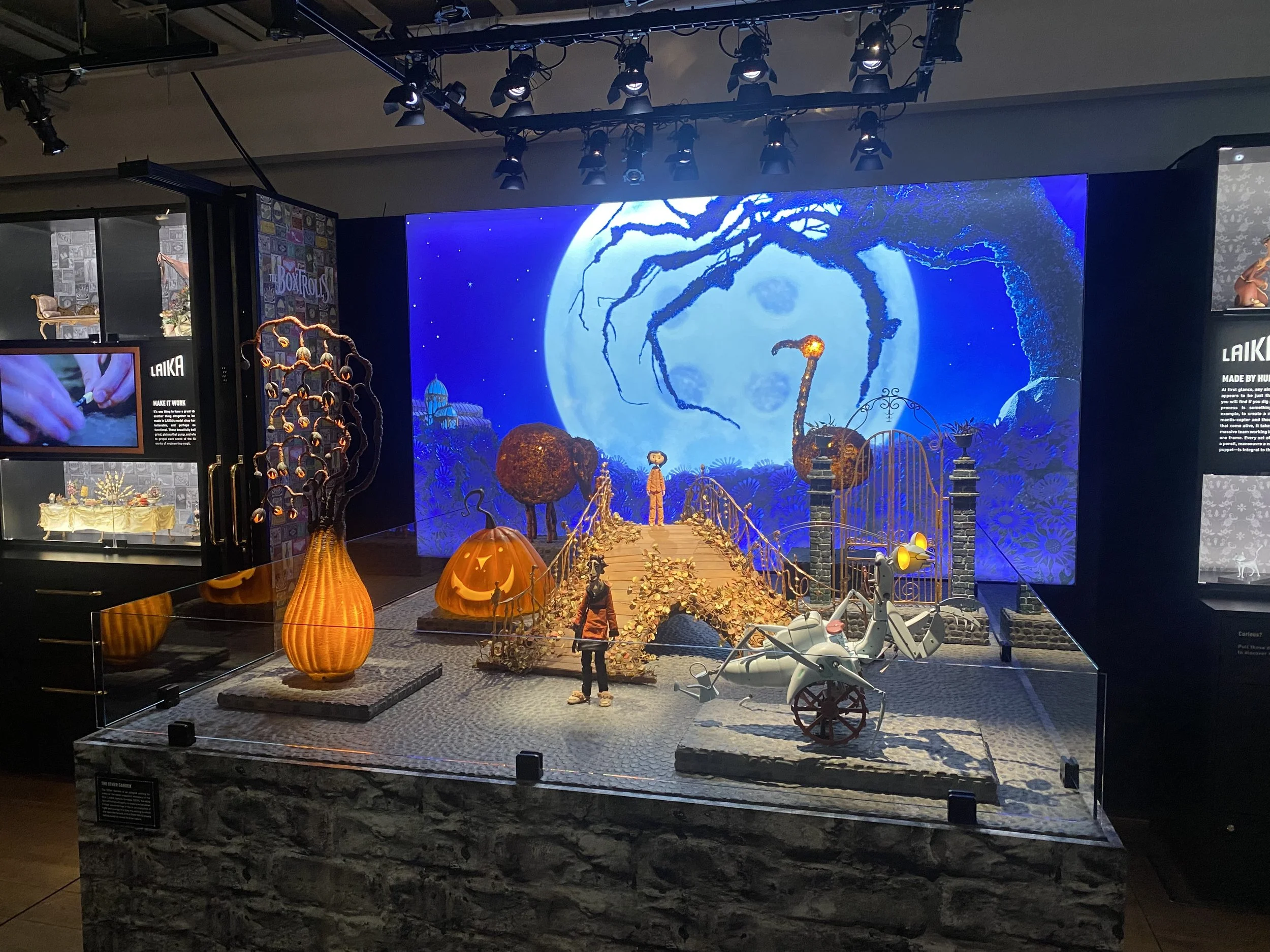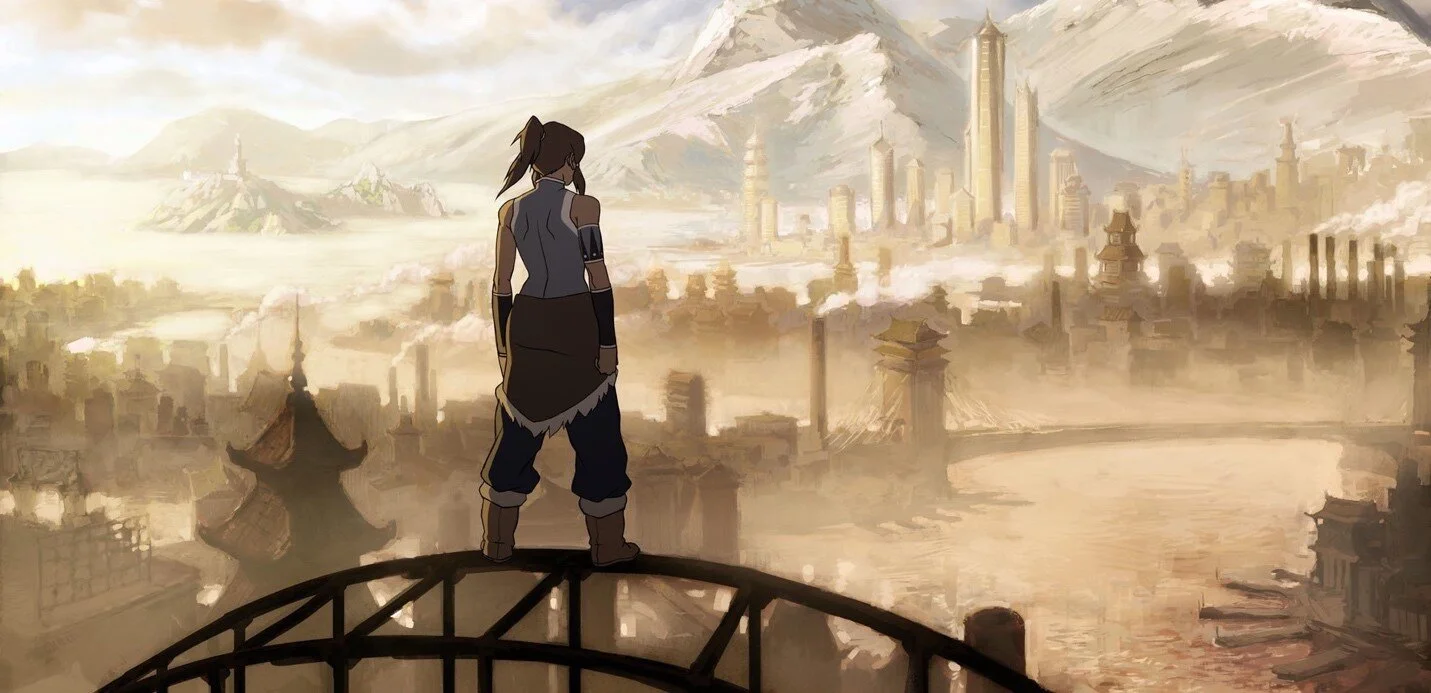The joy of stop-motion films lies in noticing the little details, those intricate features crafted in miniature and tucked into the background of a scene, adding a richness of texture to the (usually) fantasy world onscreen. It is these little details that are celebrated by the British Film Institute’s new exhibition LAIKA: Frame x Frame, opening on August 12th and running until October 1st at the BFI Southbank, as part of their Stop-Motion season. With over 700 artefacts on display, walking through the exhibit evokes the very best stop-motion viewing experience, each glance revealing another miniscule, yet exquisitely modelled feature.
Read MoreIn 2009, Vivian Sobchack asked: “what might it mean to bring together the concepts and practices of ‘animation’ and ‘automation’”? At the time Sobchack was writing on the visibility of labour within a modern computer-generated cinematic framework, where computers have become advanced enough that they appear to “have a life of their own” (2009, 375). In her examination of Pixar’s computer-animated film WALL-E (Andrew Stanton, 2008), Sobchack notes that it is the machines, the robots like WALL-E and EVE, who are imbued with “the movement of life,” while the humans are left motionless.
Read MoreWas Jim Henson a puppet master or a Muppet pastor? This pun question, posed by writer and Muppet enthusiast Aimee Knight, has stayed with me since the two-day symposium on the legacy of Henson’s work was held at the University of Bristol – and online – on September 16th and 17th 2022.
Read MoreAt first glance, Studio Mir seems like the cutting edge of animation. The world-renowned studio – known for favorites like Avatar: The Legend of Korra (2012-2014), Voltron: Legendary Defender (2016-2018), and Kipo and the Age of Wonderbeasts (2020) – perches above 20-plus stories in a glass-and-steel building placed in the heart of Gasan Digital Complex.
Read MoreThe development of animated documentaries has expanded the functions of animation art, including recording the culture and life of ethnic minority communities or particular social groups and conveying their voices. Animations like The Stitches Speak (Nina Sabnani, 2009) and They Call Us Maids: The Domestic Workers' Story (Leeds Animation Workshop, 2018) endeavoured to make animation content represent the subjects’ views more accurately.
Read MoreWhen it comes to the subject of the relationship between fantasy and animation, few bodies of work are as pertinent to the conversation as the special effects of Ray Harryhausen. The Ray Harryhausen: Titan of Cinema exhibit was set to open in Edinburgh in the summer of 2020 at the National Galleries of Scotland.
Read MoreHave you ever dreamt of being able to guess the contents of a book, at a glance, simply by flipping through the pages ? This would be a very useful superpower for any student, or teacher, to have. When I saw Wonder Woman’s Jaimie Powers using this skill on television at a young age, the fantasy of instant-reading stayed strong in my heart, leading me to finally develop a pile of Flipped Books as part of my own creative practice.
Read MoreBloomers is an animated film that had an unlikely gestation. It started as a commission from a contemporary music orchestra in Vienna (Klangforum Wien) as a response to Christian Felber’s economic manifesto The Economy for the Common Good, a sustainable alternative to greed-based capitalism published in 2010. The manifesto is to change the ultimate goal of business solely from making money, to a meaningful, fulfilling and dignified life for all the participants.
Read MoreAndré Bazin’s “Ontology of the Photographic Image” states that “the photograph as such and the object in itself share a common being, after the fashion of the fingerprint” (2005: 15). For Bazin, the fingerprint is symbolic of an imprint of the material object; the finger. Yet I cannot help but think of this symbol of filmmaking when I watch stop-motion animation – a process by which an animated world is created; often out of clay but also other materials, and brought to life by a series of photographs documenting miniscule movements to imitate life.
Read More








